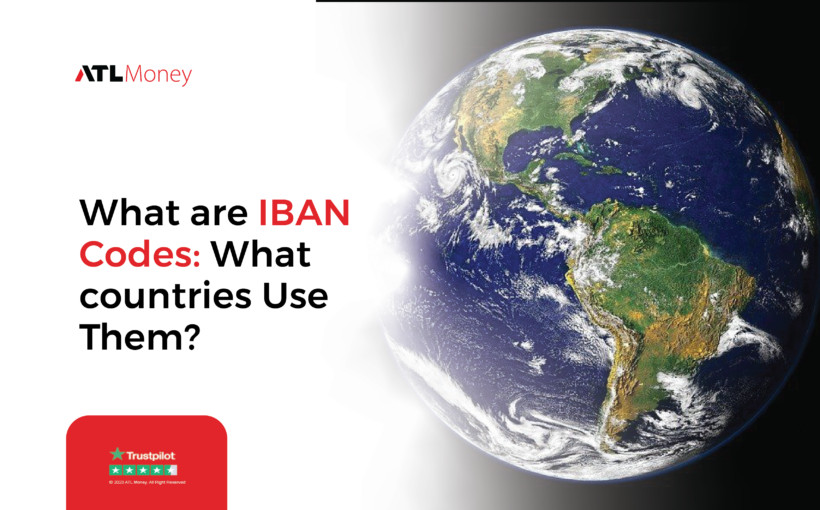As we try to navigate the world of international transfers and remittances there’s a lot of “money-related jargon” we come across that leaves us a little flustered. The “IBAN code” is probably one of the terms you’ve encountered during your money transfer attempts. But what exactly is an IBAN code, and which countries use them? One crucial element ensuring a smooth and error-free transfer is understanding IBAN codes.
In this simple article, we’ll delve into the intricacies of IBAN codes, all you need to know about them, and shed light on their importance in facilitating seamless cross-border transactions.
What is an IBAN Code?
IBAN stands for International Bank Account Number and is a standard code that may be used to identify a particular bank across different countries. It’s similar to a social security number for individuals, this IBAN code acts as a unique identifier for bank accounts, facilitating the accurate routing of international money transfers.
How Does an IBAN Code Work?
Imagine sending a letter: you need the recipient’s address to ensure it reaches the right person. An IBAN code functions similarly for international money transfers. It comprises various elements:
- Country Code: This two-letter code identifies the country where the bank account is located (e.g., GB for the United Kingdom, FR for France).
- Check Digits: These two digits help verify the accuracy of the IBAN code, minimizing errors during processing.
- National Bank Account Identifier: This section, specific to each country, typically includes details like the bank identifier, branch code, and account number.
Benefits of Using IBAN Codes:
IBAN codes offer several advantages for international money transfers:
- Reduced Errors: The codes ensure that your money reaches the appropriate destination by standardizing the format and structure of account information, therefore reducing the possibility of mistakes resulting from typos or misinterpretations.
- Faster Processing: IBANs allow for quicker processing of international transfers, reducing delays and ensuring your money reaches its destination on time thanks to correct and standardized information.
- Enhanced Security: Utilizing IBAN codes reduces the possibility of fraud or misdirected cash, which makes the environment for international money transfers safer.
Countries Using IBAN Codes:
While not universally adopted, IBAN codes are often used in:
- Europe: Most European Union countries, as well as some non-EU members like Norway, Iceland, and Switzerland.
- Middle East and North Africa: Countries like Turkey, Morocco, and Egypt.
- Caribbean: Several Caribbean nations, including the Dominican Republic and Trinidad and Tobago.
Sending Money with IBAN Codes:
If you’re sending money abroad, here’s what you need to know:
- Check if the recipient’s country uses IBAN codes.
- Obtain the recipient’s complete IBAN code, ensuring all details are accurate.
- Use a reputable money transfer service that supports IBAN transfers. Many online money transfer services offer user-friendly platforms and competitive rates for sending money abroad.
To conclude, Understanding IBAN codes enables you to negotiate international money transfers confidently. By using this standardized approach, you can ensure that your payments get to their intended destination safely and quickly. I hope this helps you understand IBAN codes and all it entails.
Ready to send money abroad with ease? Explore the convenient and secure money transfer options offered by ATLMoney.
